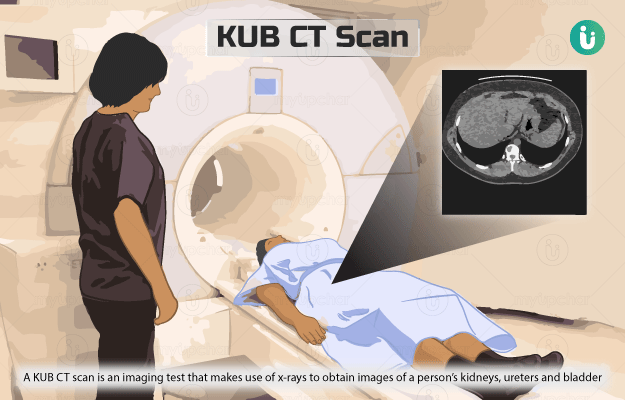What is Chromium Blood test?
A chromium blood test is done to check the levels of chromium metal in your bloodstream. Chromium is an essential nutrient required by our body in trace amounts - the daily dietary requirement of chromium is about 0.005 mg/day. It is primarily found in two forms:
- Trivalent chromium - found in our food and helps boost insulin function.
- Hexavalent chromium - a toxic form used in paints, dyes, inks, plastics, primers and other surface coatings. It is mainly produced by industrial pollution and gets converted to trivalent chromium as it gets metabolised in the body. Hexavalent chromium affects kidneys, skin, eyes and respiratory system. It can also cause cancer.
Workers involved in metal cutting, welding, leather tanning, electroplating, textile work and timber preservation are at a high risk of exposure to hexavalent chromium.
Though the metal is not toxic in small amounts, it is toxic in large doses. High levels of chromium in the blood may cause haemolysis (breakdown of RBCs), and renal and liver damage.

































